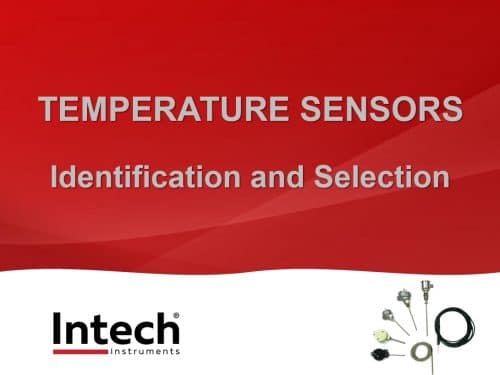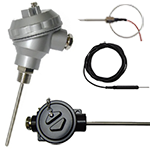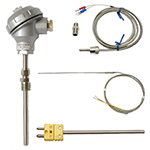How to choose a Temperature Sensor to fit your application?
Choosing a temperature sensor can be an overwhelming task. With many different temperature sensors available in the industry it could be hard to know which one is better for your application, but we’ll make it easier for you;
There are 3 questions you need to ask yourself:
1. What is the Temperature Range I want to monitor?
Thermocouples measure a bigger temperature range: -260°C~1760°C.
RTD’s measure ranges between -200°C~600°C.
2. What would be the ideal accuracy?
RTDS are more accurate with a range between 0.1~1°C.
Thermocouples accuracy is 0.5~5°C.
3. What is your budget and how many do you need?
RTD’s tend to be a bit more expensive than Thermocouples.
We also tend to stock more of the RTD’s temperature sensors.
Check out our webinar on Temperature Probes for more information
RTD vs. Thermocouple - Main differences
| Features | RTD | Thermocouple |
|---|---|---|
| Temperature Range | -200°C~600°C | -260°C~1760°C |
| Accuracy | 0.1~1°C | 0.5~5°C |
| Response Time | Generally slow 1 to 7 seconds | Less than 0.1 second |
| Long Term Stability @100°C | Excellent. (0.05°C/year) | Good. Subject to drift (Variable) |
| Output | Resistance 0.4 ohm/°C Highly Linear | Voltage 10~40 microvolts/°C Approximately Linear |
| Electrical Noise Resistance | Less susceptible | More susceptible |
| Linearity | Fairly linear | Non-linear |
| Cost | Low to moderate | Low |

Temperature Sensors - Identification and Selection
Download our Probe Training presentation PDF.


